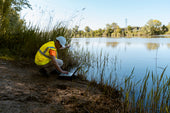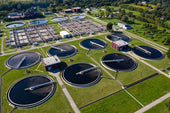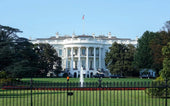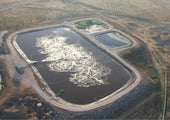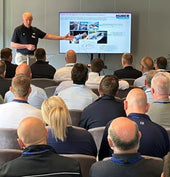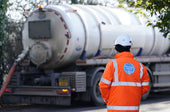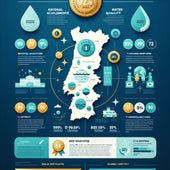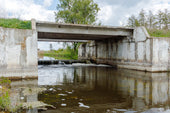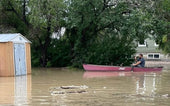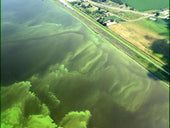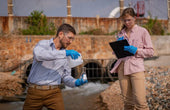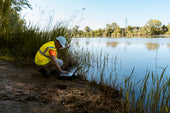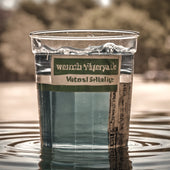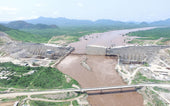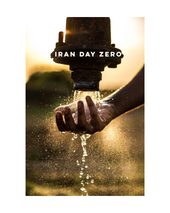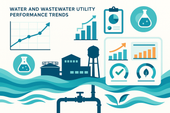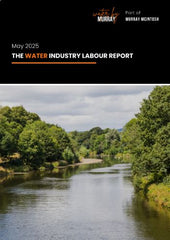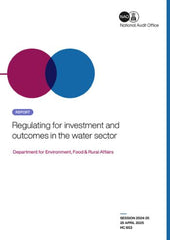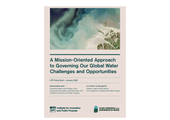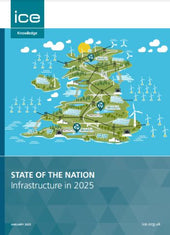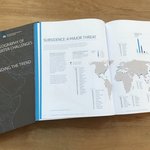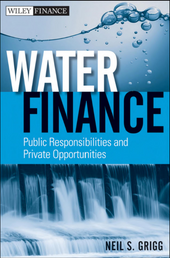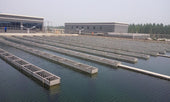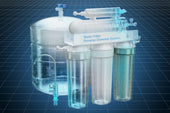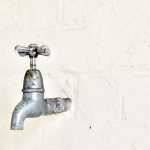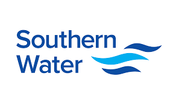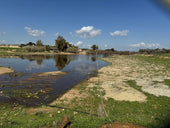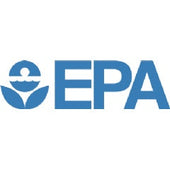
Inside the PFAS Settlements: Why the Special Needs Funds Could Mean Millions More for Utilities

By Ken Sansone & Kyla Tengdin
Disbursements from the landmark Aqueous Film Forming Foam (AFFF) Products Liability Litigation settlements with 3M and DuPont began this past summer for eligible water systems that submitted claims documentation on time. For many systems, awards from these settlements will be in the many millions of dollars, much needed funds to upgrade their facilities with PFAS treatment technology or to pay themselves back for investments already made to remove PFAS from their source water and comply with new EPA regulations.
It is now time for water systems eligible for the next phase of the 3M and DuPont settlements to ensure they submit their claims ahead of next year’s deadlines in order to access the funds available to them. These “Phase Two” systems are those that did not detect PFAS in their water (any PFAS, at any concentration) until after June 22, 2023, so long as they serve a population of more than 3,300 people or were otherwise required to test for PFAS under the Environmental Protection Agency’s Unregulated Contaminant Monitoring Rule 5 (UCMR-5). (Community systems of any size are eligible under the DuPont settlement, but not the 3M settlement, if they were required to test for PFAS under state law.)
A Potentially Overlooked Funding Source: The Special Needs Fund
For Phase Two water systems, deadlines are drawing near. The “Action Funds,” which compensate systems based on the levels of PFAS in each of their sources and the size of those sources, will account for the primary stream of settlement payments, but utilities should not overlook an additional source of support: the Special Needs Funds. This lesser known benefit of the settlements could mean substantial cost recovery for systems that have already incurred PFAS response costs and/or will incur such costs before Aug. 1, 2026. Utilities can be eligible for both funding streams, and with the 2026 deadlines approaching fast, understanding how these settlements funds work is key to ensuring no available dollars are left unclaimed.
Upcoming Deadlines: Testing Expense Reimbursement, the Action Fund and Special Needs Fund
There are three deadlines in 2026 that Phase Two water systems should know about. The first – Jan. 1, 2026 – is the date by which water systems must submit testing cost claims forms for both the DuPont and 3M settlements in order to get reimbursed for their PFAS testing expenses. This funding source is available to all Phase Two water systems – even those that haven’t detected PFAS in their source water – so long as they were not required to test their sources for PFAS under state law.
The second round of deadlines – June 30, 2026, for the DuPont settlement and July 31, 2026, for the 3M settlement – are the dates by which water systems must submit their Action Fund Claims Form. In order to be eligible for compensation under the settlement’s allocation procedures, systems must complete baseline PFAS testing for each water source and submit the lab reports of that testing, together with documentation of the production capacity and annual production of each source, by these deadlines.
The Special Needs Funds deadline is the final deadline in 2026: Aug. 1 for both DuPont and 3M settlements. A water system can apply for the Special Needs Funds, in addition to the Action Funds, if – by Aug. 1, 2026 – it will have spent money on efforts to address PFAS detections in its impacted water sources. Examples include taking contaminated wells offline, designing and building treatment facilities, purchasing replacement water, and/or drilling new wells to provide PFAS-free water sources to communities.
Expenses incurred before the Aug. 1 Special Needs Fund claims deadline may qualify for reimbursement, subject to the claims administrator’s discretion. These claims can offer additional funding beyond recoveries from the Action Fund. Applicants must provide thorough documentation to substantiate the project’s costs. For municipalities that have already invested or need to invest soon in protecting public health and water quality, this represents a valuable chance to recoup some of those unanticipated expenses.
How Phase Two Water Systems Should Prepare to Apply for Settlement Funds
To position your water system for the strongest possible recovery:
Document all PFAS-related costs. Utilities should capture invoices, contracts and staff time associated with their PFAS response. The claims process requires detailed evidence of spending to qualify for Special Needs reimbursement.
Coordinate with legal and finance teams. Working closely with legal counselors, who understand both the legal and financial requirements, will avoid delaying or jeopardizing funding eligibility.
Begin testing immediately. Testing must be completed and results submitted no later than July 2026, but the deadline for testing that can be reimbursed under the settlements is January 1, 2026.
The Upshot for Phase Two Water Systems: Act Now
For many municipalities and water utilities, PFAS-related costs have already strained budgets and delayed critical infrastructure work. The recent historic settlements are holding PFAS polluters accountable and easing that burden, but securing full recovery demands timely action, careful documentation, and awareness of all funding options, including the Special Needs Fund. A law firm with experience in water contamination litigation can take on the hard work of the settlement process, including eligibility review, analysis, strategy and paperwork, all while ensuring deadlines are met.
With major deadlines approaching in 2026, utilities that act now stand the best chance of receiving settlement payouts before the window closes.

Ken Sansone is a partner with SL Environmental Law Group, focusing exclusively on representing public entities in litigation concerning environmental contamination of public resources.

Kyla Tengdin is marketing manager, education and outreach, at SL Environmental Law Group. With a background in water education, nonprofit communications, and event planning, Tengdin is dedicated to helping water systems learn more about emerging contaminants and evolving regulations.
The post Inside the PFAS Settlements: Why the Special Needs Funds Could Mean Millions More for Utilities appeared first on Water Finance & Management.

